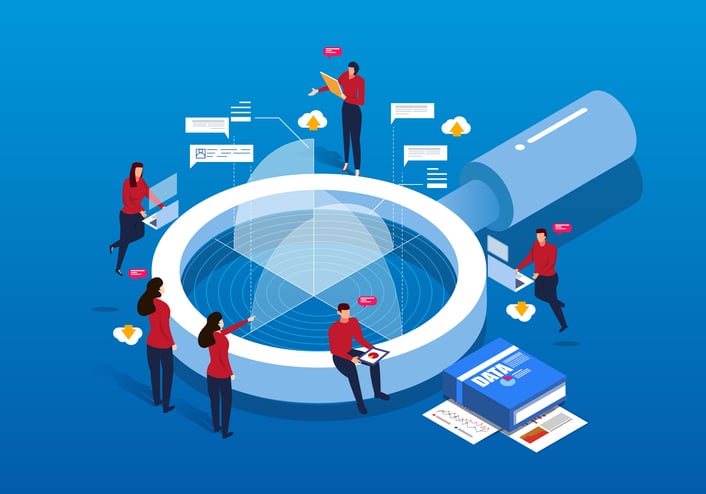There’s one inevitable truth in our ever-changing technological world: it’s digitizing. And if you’re not ready for action, technology and the data that come with it are going to leave you and your crops in the dust. As technology continues to evolve, so does data you can pull from it — and that’s increasingly true in the field and in the lab.
How do you make sure you’re not getting completely overwhelmed by it? Well, that’s easy! Learn how to make your data work for you.
It might be difficult to start, but once you get ahead of the game and learn how to make your data actionable, there’s so much it can teach you.
Types of Data in Your Operation
When it comes down to what type of information you can pull from your operation — be it a breeding program or a grower operation — there’s a lot of similar overlap.
“There’s going to be weather data, soil information, information about yield and other phenotypes being measured. Also, in breeding programs, there will be more detailed phenotyping data,” says Sebastian Schultheiss, managing director of Computomics, a bioinformatics data analysis service company for plant breeding.
In the breeding world, there will be thorough checking to ensure the viability of a seed variety.
“Since there’s this component of really selecting which varieties we’re seeing in the field will be the new commercial candidates, there have to be some very thorough trials on all the different characteristics that you normally see in fully commercial varieties,” he says. “Then there’s the big component of genetic information about the plants, which might not be something dealt with on the farm side.”
Particularly, Schultheiss says, Computomics is focused on genotypic data — meaning data from submitted genetic markers that contain genetic information about the different varieties.
“That’s what we put in perspective, together with the yield information,” he says. “We build a model of how the plant reacts to certain environments.”
In comparison, on the grower customer side, data tends to step in line with precision agriculture.
“Precision ag got its start nearly 30 years ago,” says Steve Cubbage, vice president of data services for AGI’s Farmobile. “It was in the early 90s that we actually had the first commercial yield monitor on combines — and if you look at it from a data perspective, a lot of times that yield data is still what everyone thinks about when they think of the term ‘data.'”
Though, with such a heavy focus on the yield side of things, Cubbage says this has created a sort of sophomore slump in precision ag.
“There’s been a question of ‘Where do we go from here? What other data is important?'” he says. “Yield is important, and that planting data is important, but there’s a much longer checklist today that needs to be checked off that is not being done on a lot of farms. From a digital standpoint, we’re a long way from achieving the ‘true’ digital acre.”
When it comes to a specific checklist of what data to consider on farm, it’s dependent on the operation. But, Cubbage says, the datasets the market is asking for now transcends agronomic data and into the sustainability and carbon area.
“The market is asking for things like tillage records, more detailed agronomic and nutrient application records from a fertilizer standpoint and even cover crop establishments,” he says. “It’s the question of what practices are occurring and any field activity that’s taking place with a machine probably has an impact on the outcome at the end of the day and at the end of the year.”
Though, with so much information at the fingertips of an operation, there’s still some misconceptions surrounding data the industry is working to correct.
Want to hear more about data? Check out our latest Strategy webinar at:
Want more information on data?
How Can Big Data Teach Plants To Talk?, A Seed World Strategy Webinar
Turn Data into Action for Better Breeding
Data-driven Breeding Is Saving Corn
Data Science Drives Seed Breeding
Seed World Innovation Webinar Series: How to Identify, Market & Sell to Farmers through…













